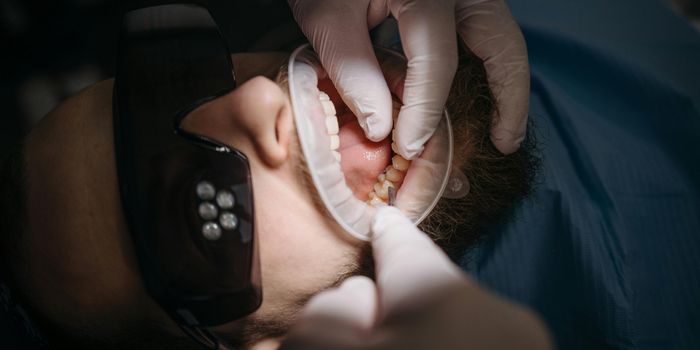Global Increase in Sugar-Sweetened Beverage Consumption Among Youth
How has the global consumption of sugar-sweetened beverages by adolescents changed over the years? This is what a recent study published in The BMJ hopes to address as an international team of researchers investigated changes in adolescent global consumption of sugar-sweetened beverages to ascertain the long-term health effects. This study holds the potential to help researchers identify and target the causes of worldwide known diseases and health conditions, including diabetes and obesity.
For the study, the researchers analyzed data regarding consumption of sugar-sweetened beverages from the Global Dietary Database of between 1990 and 2018 across 185 countries of adolescents ages 3 to 19 years. The researchers defined such beverages as anything containing more than 50 kcal of sugar per 1 cup serving, which includes soda, sports drinks, juice drinks, energy drinks, and added sugars to drinks.
In the end, the researchers found an alarming 23 percent average global increase in adolescent sugar-sweetened beverages between 1990 and 2018, with the number of servings per week varying across the globe. This includes an average of 7 servings per week ranging from 1.3 servings in South Asia to 9.1 in Latin America and the Caribbean.
“Sugary beverages increase weight gain and risk of obesity, so even though kids don’t often develop diabetes or cardiovascular disease when they are young, there could be significant impacts later in life,” said Dr. Laura Lara-Castor, who is a postdoctoral scholar at the University of Washington and lead author of the study. “This study highlights the need for targeted education and policy interventions to change behavior early on and prevent the adverse outcomes associated with sugar-sweetened beverage intake in childhood.”
What new discoveries will researchers make about sugary beverages and health conditions in the coming years and decades? Only time will tell, and this is why we science!
As always, keep doing science & keep looking up!
Sources: The BMJ, EurekAlert!








